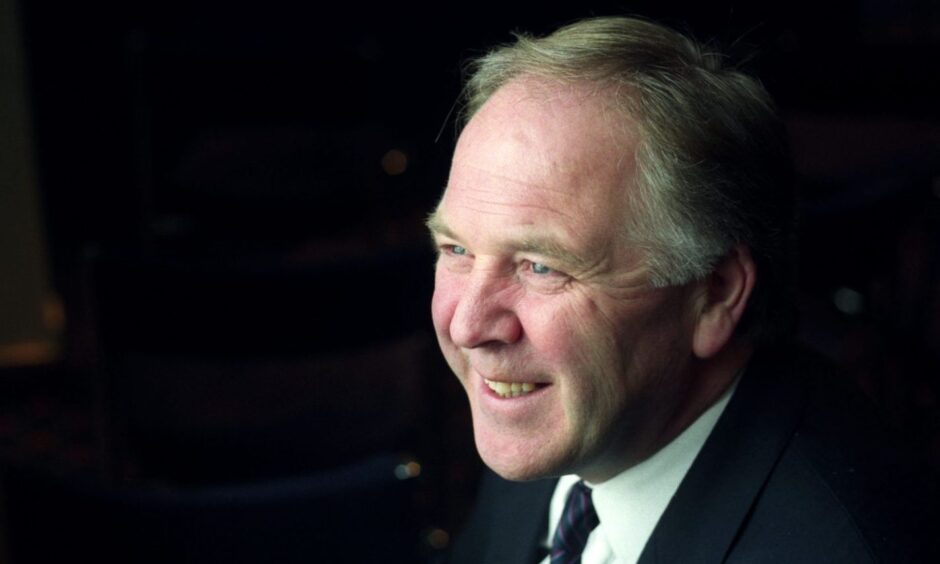
A new era in Scottish football started 30 years ago when Craig Brown stepped up from assistant manager to lead the national team for the first time.
It would be a baptism of fire.
Brown gave up his 10-year association with Clyde to join Andy Roxburgh as assistant in 1986 and they took Scotland to the 1990 World Cup and the 1992 Euros.
Failure to reach a sixth consecutive World Cup in the USA saw Roxburgh step down following a disastrous qualifying campaign that included a 5-0 defeat to Portugal.
For him the successor was obvious.
“To give up something you prize is difficult and emotional — and I put my hands up and say resigning as Scotland’s manager was very tough,” said Roxburgh.
“Anyway, Craig Brown is taking over and this delights me.
“Craig has all the credentials.
“His background is very extensive.”
Brown silenced his critics in the media
Brown was still a largely low-key figure when he was asked to take charge of the final two World Cup qualifiers which he described as a “flattering prospect”.
The initial impression was of an underwhelming appointment.
“I’ll do the job as if it was permanent and after the matches if the committee wish to continue with me I’ll be pleased — if they don’t I’ll understand,” said Brown.
“I’ll certainly put my heart and soul into it.”
As opening games go, Brown’s first match in temporary charge could not have been any tougher — against Arrigo Sacchi’s Azzurri in Rome on October 13 1993.
Brown was widely regarded as the safety-first choice and was challenged by the show-us-your-medals clan about what he had won in his career at his first press conference.
He silenced them by saying he was part of Dundee’s 1962 league-winning squad under Bob Shankly who he described as the biggest influence on his managerial career.
Shankly thought so highly of Brown that he kept him at Dundee until he left to manage Hibernian in 1965 despite the fact the full-back spent most of his time out injured.
One of the traits Brown learned from Shankly was round pegs in round holes which was playing players to their strengths rather than have them play in a foreign position.
Like Shankly too, Brown was a methodical and meticulous individual.
Continuity of selection was key to that successful Dundee team and that was something else Brown carried into management.
Almost.
Brown dropped Celtic’s Paul McStay
Brown showed his ruthless streak by relieving Paul McStay of the captaincy before informing the Celtic midfielder that he would not be in the side to face Italy.
The 67-cap McStay was ruled out of Roxburgh’s final game in charge against Switzerland through injury and Gary McAllister had captained Scotland for the first time.
Now the armband was being handed to the Leeds United midfielder on a permanent basis and Brown admitted McStay was “less than thrilled” at the decision.
“Taking the hard decisions does not worry me,” he insisted.
“I am a survivor of that night in Portugal when Scotland lost five goals in April and I knew that a change of direction was necessary.
“Gary is an influential player and becomes even more of an asset as captain.”
Both sides drew 0-0 at Ibrox in November 1992 and Sacchi was now under pressure as Italy needed to win their final two games against Scotland and Portugal to qualify.
Could Scotland deliver a shock in Rome?
Brown said: “Any player who does not relish that task in surroundings like these should not be in the game in the first place.
“If I’m on trial, I want the players to think of the Olympic Stadium not as the dock but as a platform for their talents.
“It is the pride of the nation that will be at stake on Wednesday night.”
Scotland lined up in a 4-4-2 formation with Bryan Gunn in goal with Stewart McKimmie and Tom Boyd flanking Alan McLaren and Brian Irvine in defence.
Gordon Durie, McAllister, Dave Bowman and Stuart McCall were in midfield with Kevin Gallacher and Eoin Jess chosen from a somewhat lightweight set of strikers.
Ally McCoist had suffered a broken leg in Portugal.
Italy’s strength in depth was remarkable despite the loss of Roberto Mancini, Giuseppe Signori and Gianluigi Lentini who was the most expensive player in the world in 1992.
Sacchi could still pick the likes of Gianluca Pagliuca, Franco Baresi, Alessandro Costacurta, Roberto Donadoni, Dino Baggio, Pierluigi Casiraghi and Roberto Baggio.
Gianfranco Zola only made the bench.
Could Scotland pull off the Italian Job?
Brown’s Scotland reign could not have got off to a worse start.
Roberto Donadoni gave Italy the opener after just three minutes when he unleashed a low drive from the edge of the box following a Roberto Baggio pass.
Gunn should have done better.
Things got worse on 16 minutes from another sucker punch.
Baggio threaded the ball through to Pierluigi Casiraghi who managed to outpace Brian Irvine before steering the ball beyond the outrushing goalkeeper.
Scotland were in danger of imploding.
There were no outbursts on the sidelines from Brown though.
He underlined the importance for patience and cool heads and Scotland responded within two minutes to silence the partisan 61,178 crowd.
An untidier effort will rarely be seen in such palatial surroundings.
Jess struck a fierce shot from the edge of the box which was saved by Pagliuca and Kevin Gallacher pounced on the rebound with the goalkeeper still on the ground.
Gallacher completely mis-hit his close-range shot with his flop-wedge effort ballooning into the air and somehow managing to cross the line beyond Pagliuca.
Panenka, eat your heart out.
Scotland came alive after pulling a goal back.
Pagliuca produced a fine save from Durie before the break and the underdogs were clinging to the hope of making a dramatic turnaround.
Baggio made all the difference
Brown decided to shake things up at half-time and go for the equaliser.
Jess was finding the atmosphere intimidating and was replaced by Rangers midfielder Ian Durrant with Durie being moved up to partner Gallacher in attack.
Both sides had chances in the second-half but Italy always looked the more likely to score with Baggio at the heart of all that was good about the Azzurri’s play.
Brown made a positive move on 71 minutes when he replaced defensive midfielder Dave Bowman with the more attacking McStay.
But Scotland were punished for chasing the game on 80 minutes when Stefano Eranio struck from 20 yards across Gunn’s body following another assist from Baggio.
In the dying moments Irvine came within inches of netting with a header from a McAllister cross and Gunn did well to block a Baggio effort before the whistle blew.
“You can’t give Italy two goals of a start and hope to beat them,” said Brown.
“Bryan Gunn is the first to admit that he could have done better with the first two goals.
“It was a great credit to our players that they battled back so bravely.”
Brown never looked back
Brown impressed the SFA and was appointed full-time manager before the next World Cup qualifier against Malta in November 1993 which Scotland won 2-0.
Scotland reached Euro 96 and the World Cup two years later under his stewardship.
He also led Scotland to victory over England at Wembley in 1999 but the Three Lions’ 2-0 win at Hampden in the first leg meant Kevin Keegan’s side headed for Euro 2000.
Brown couldn’t hold back tears when he resigned in 2001 after missing out on the next World Cup before taking the reins at Preston, Motherwell then Aberdeen.
He said: “I’m very fortunate.
“I’ve lived the dream of every football fan.”
The legendary boss died at the age of 82 in June 2023 following a battle with illness and he will be remembered as one of the greatest Scotland managers of all-time.
If not the greatest.
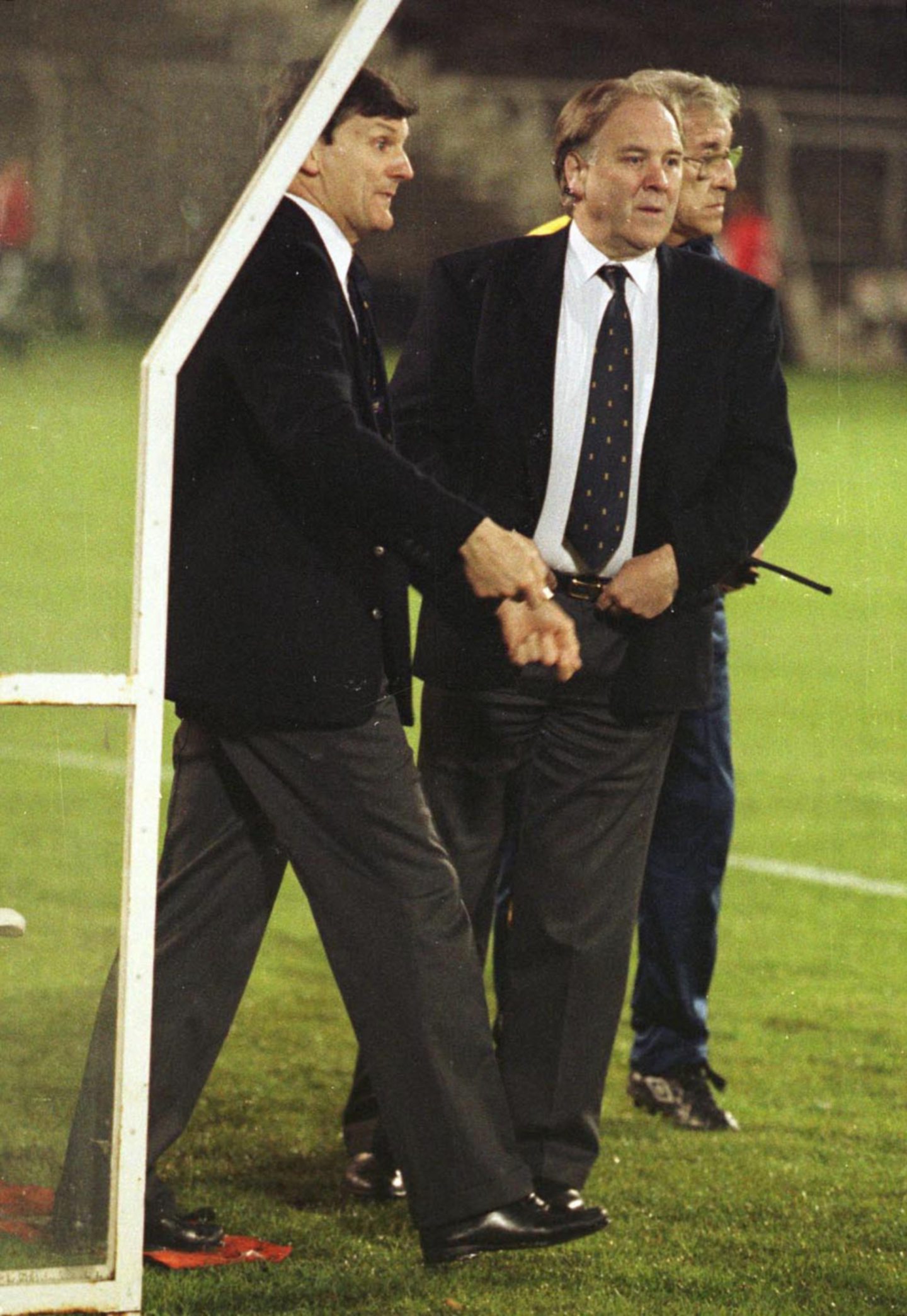
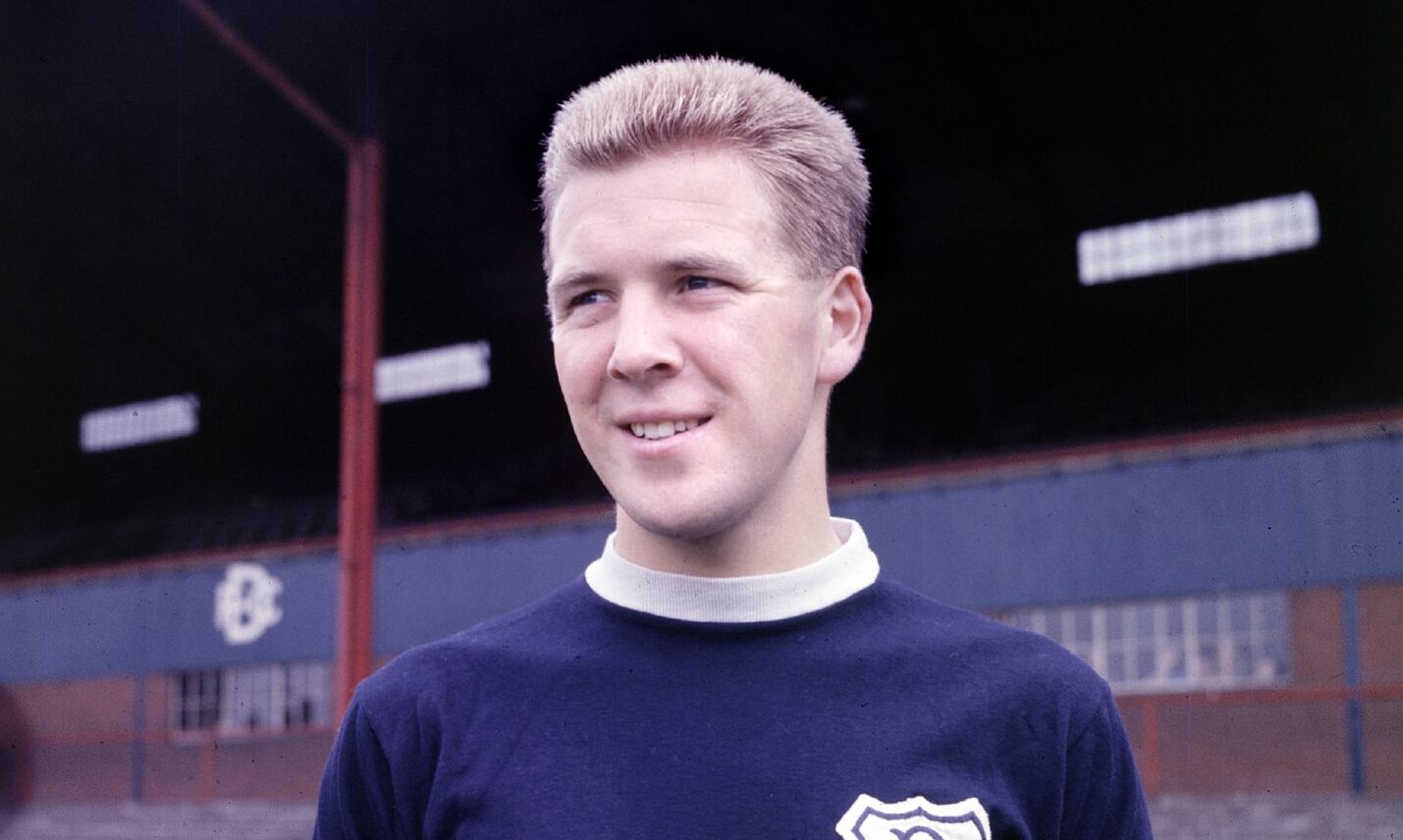
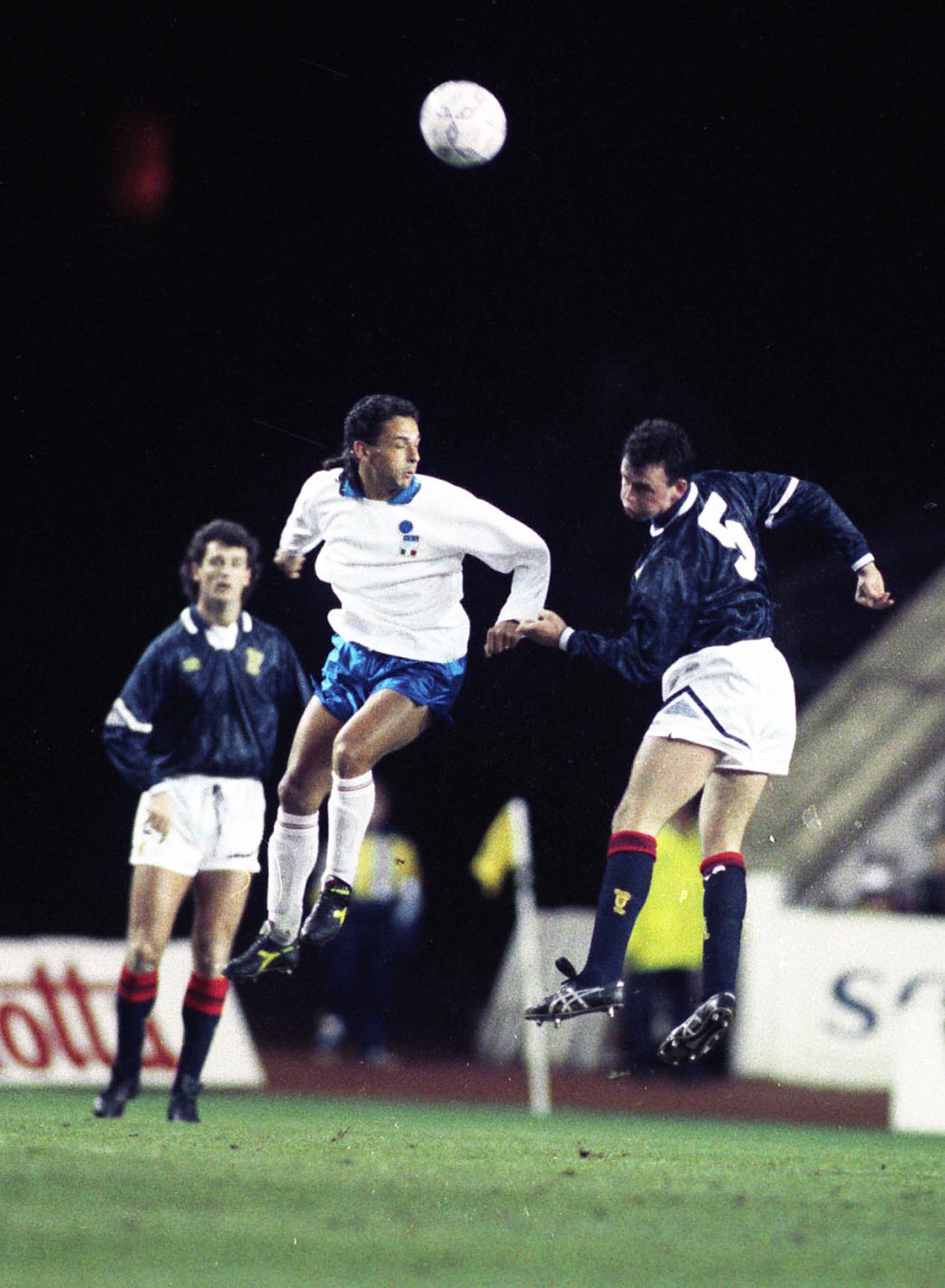
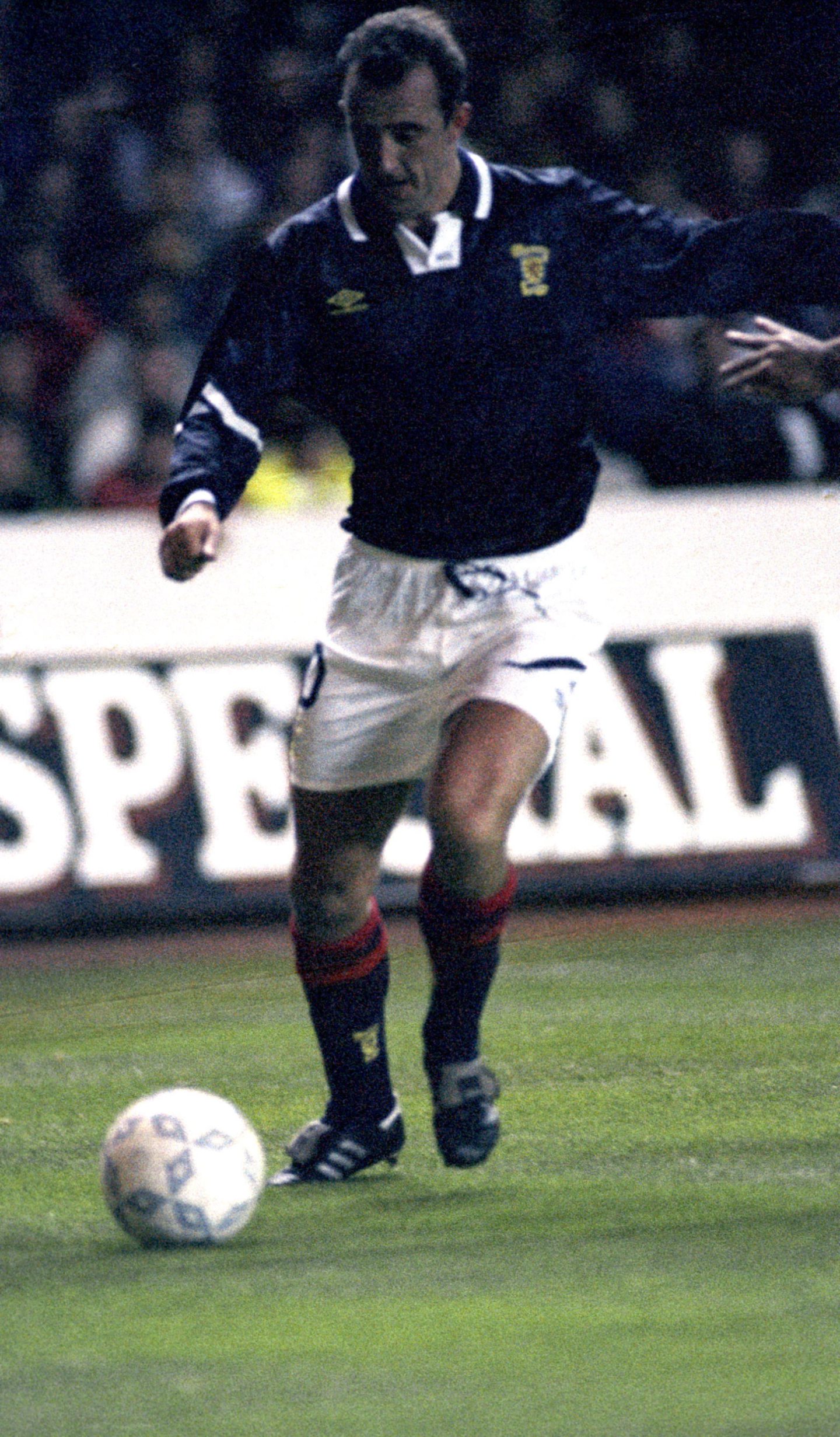
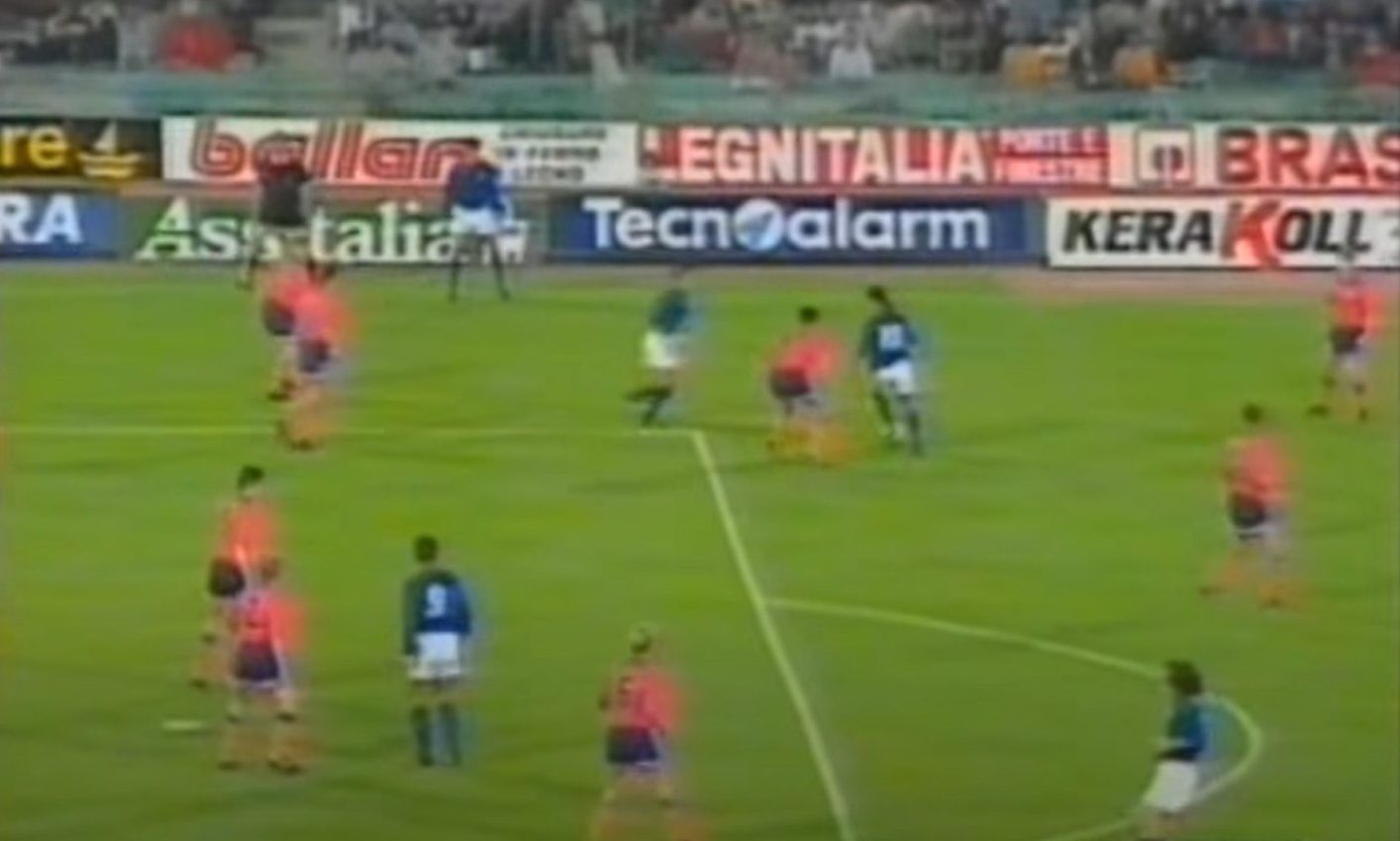
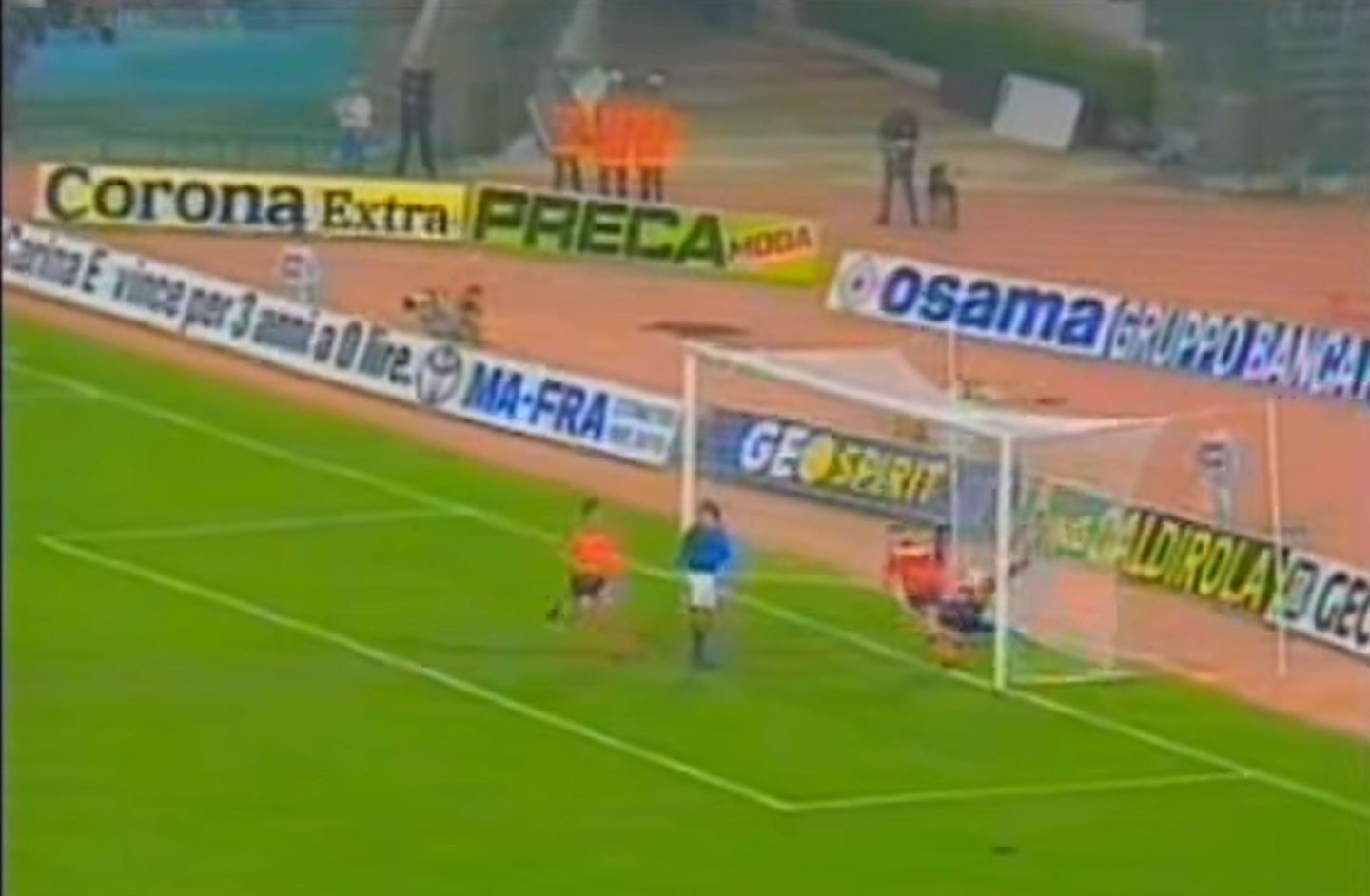










Conversation